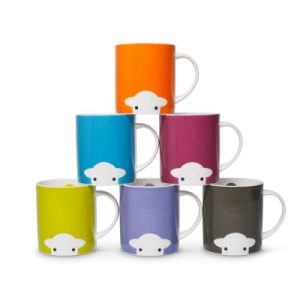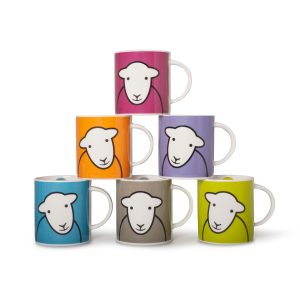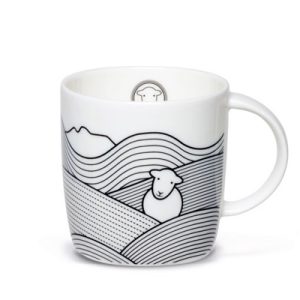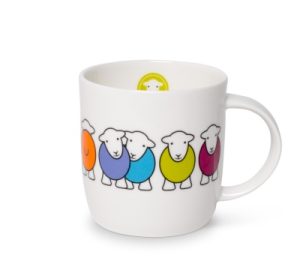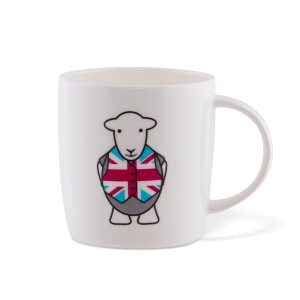Herdy mugs have been made in England’s historic Staffordshire potteries since Day One, way back in 2007. And we don’t plan on changing anytime soon! We’re keen to support British manufacturing and heritage industries wherever possible; it keeps British skills and manufacturing alive, and directly supports and sustains local economies in increasingly global and volatile times.
But these heritage industries and British manufacturers can only continue to thrive if you continue to support them! Every time you purchase a lovable fine bone china mug for yourself or as a gift for someone else, you’re helping to keep centuries-old British skills and businesses going.
So, get the kettle on, make yourself a brew in your favourite Herdy mug, and feel great that you’re supporting British heritage industries.

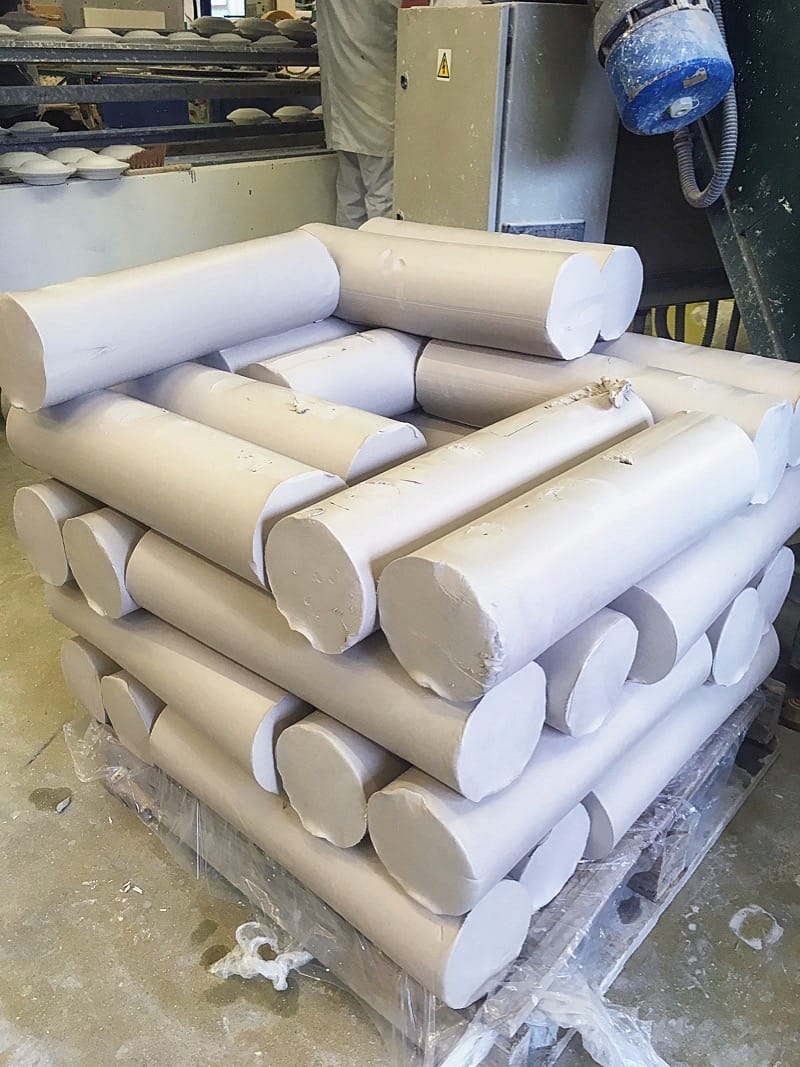
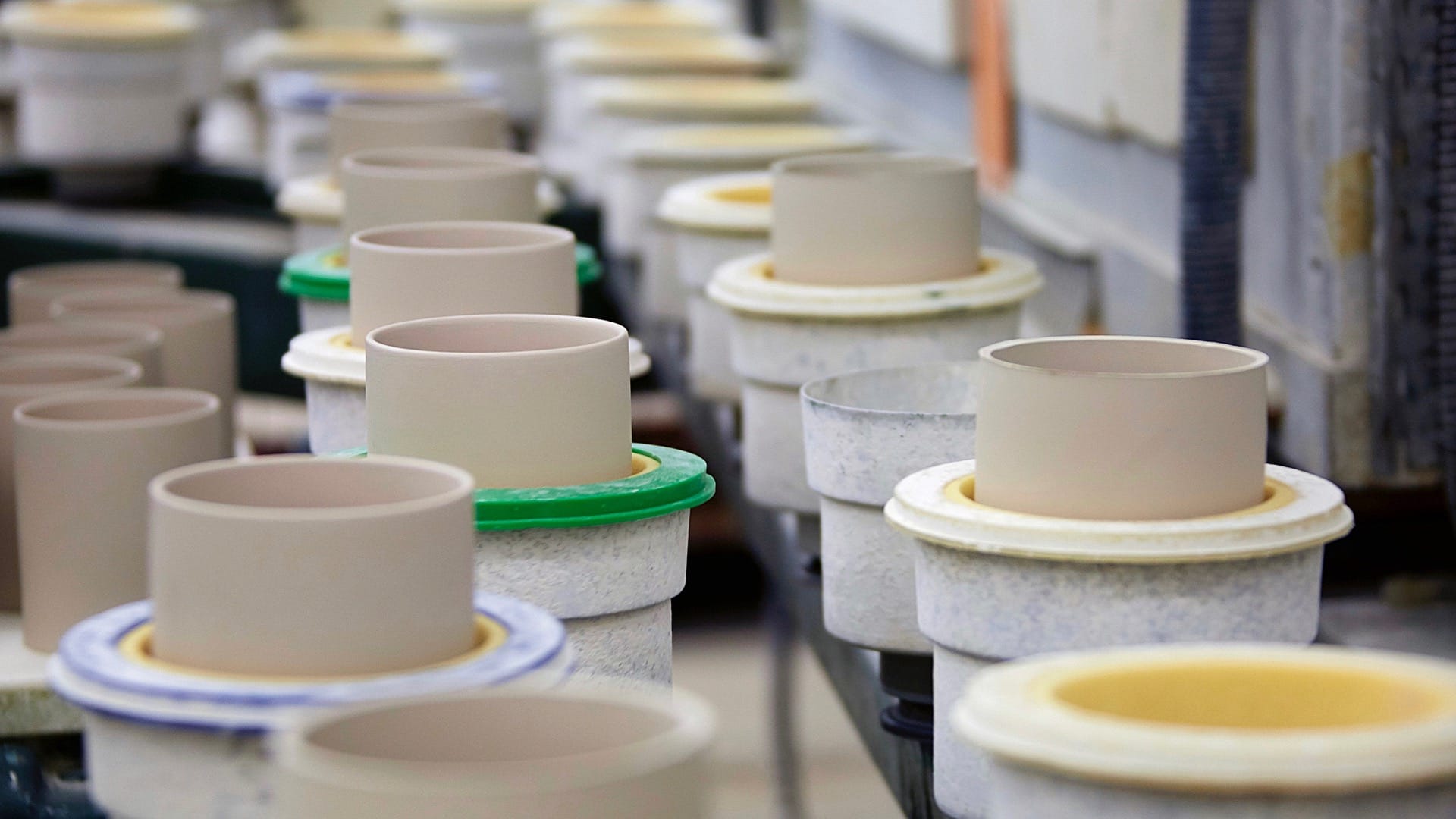
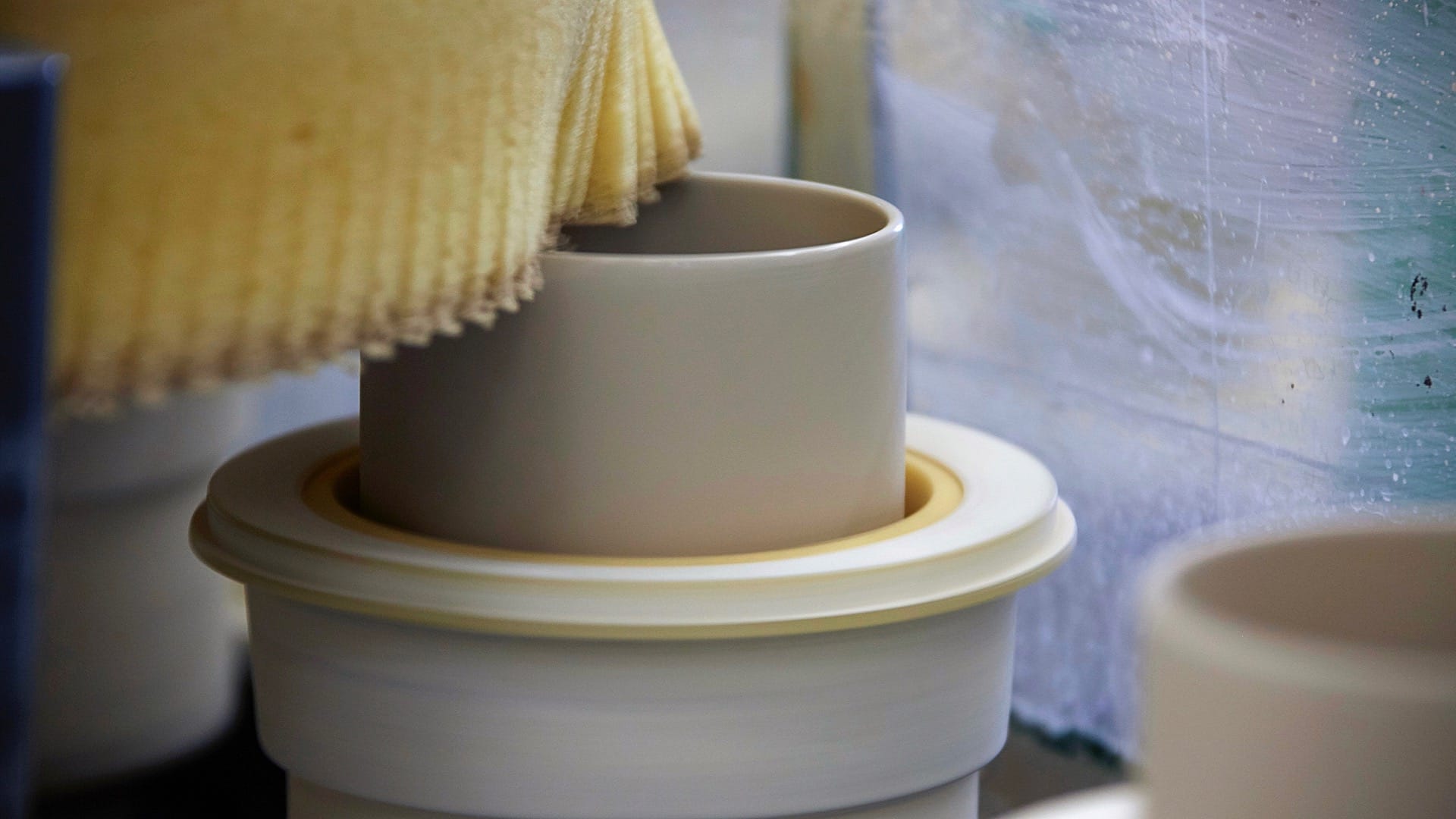
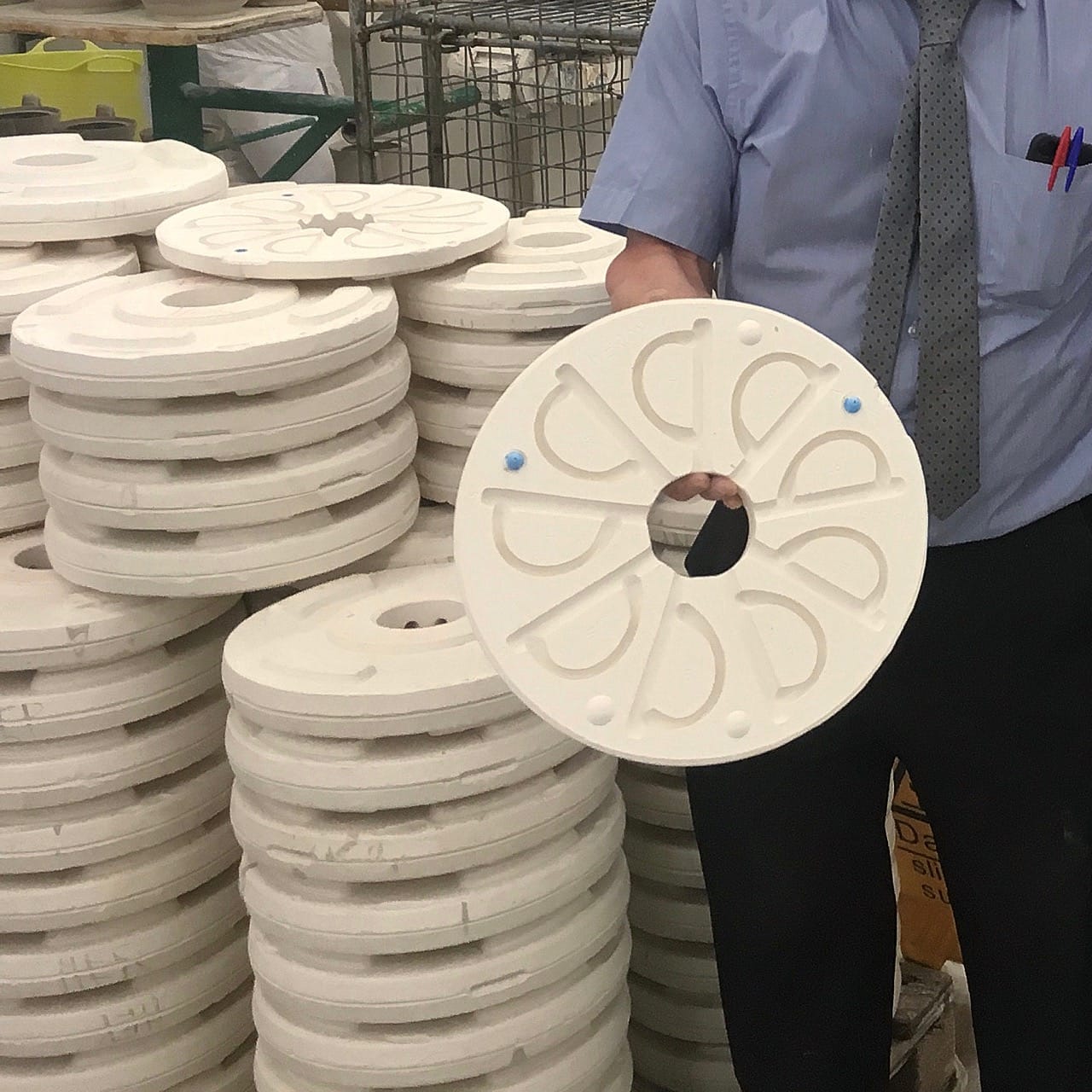
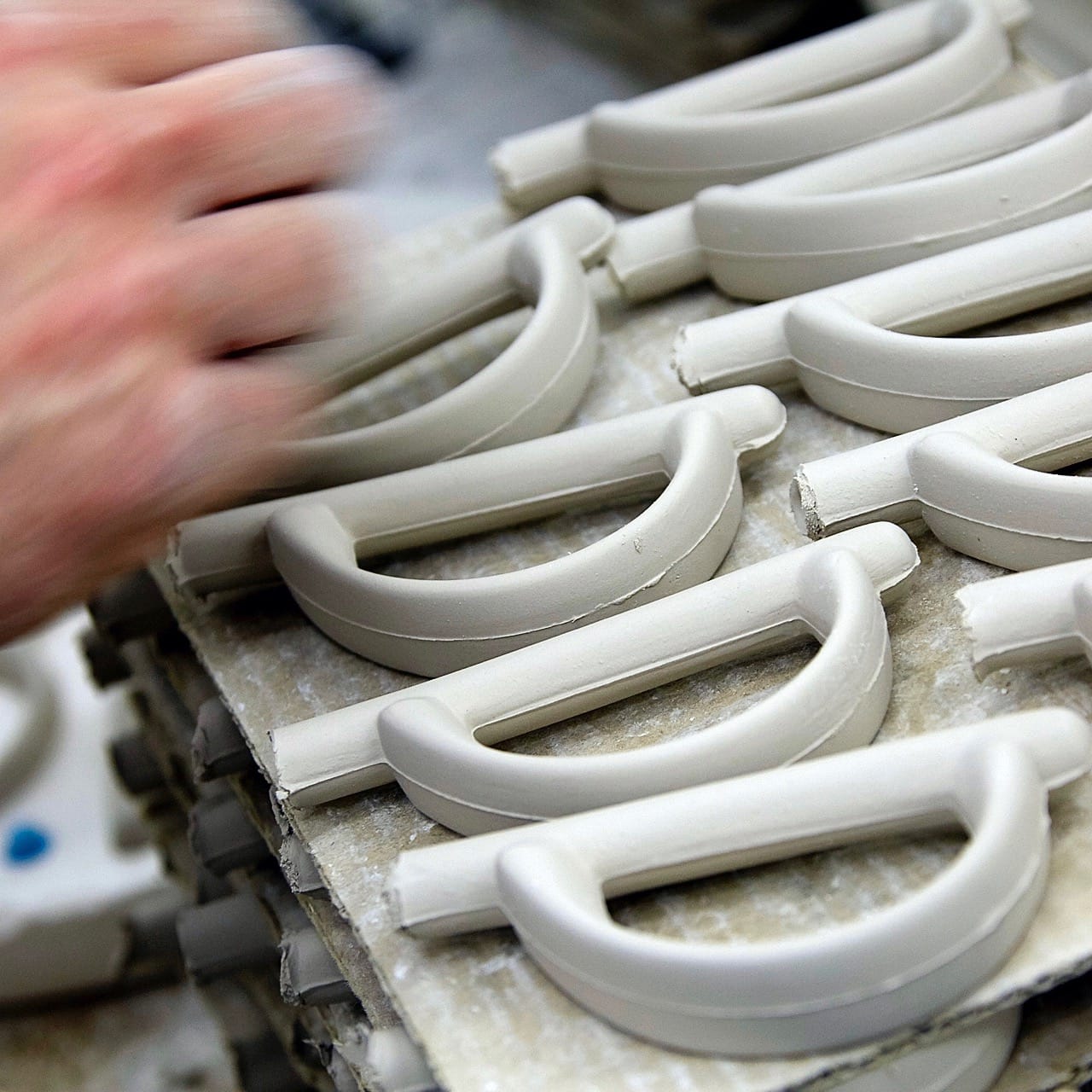
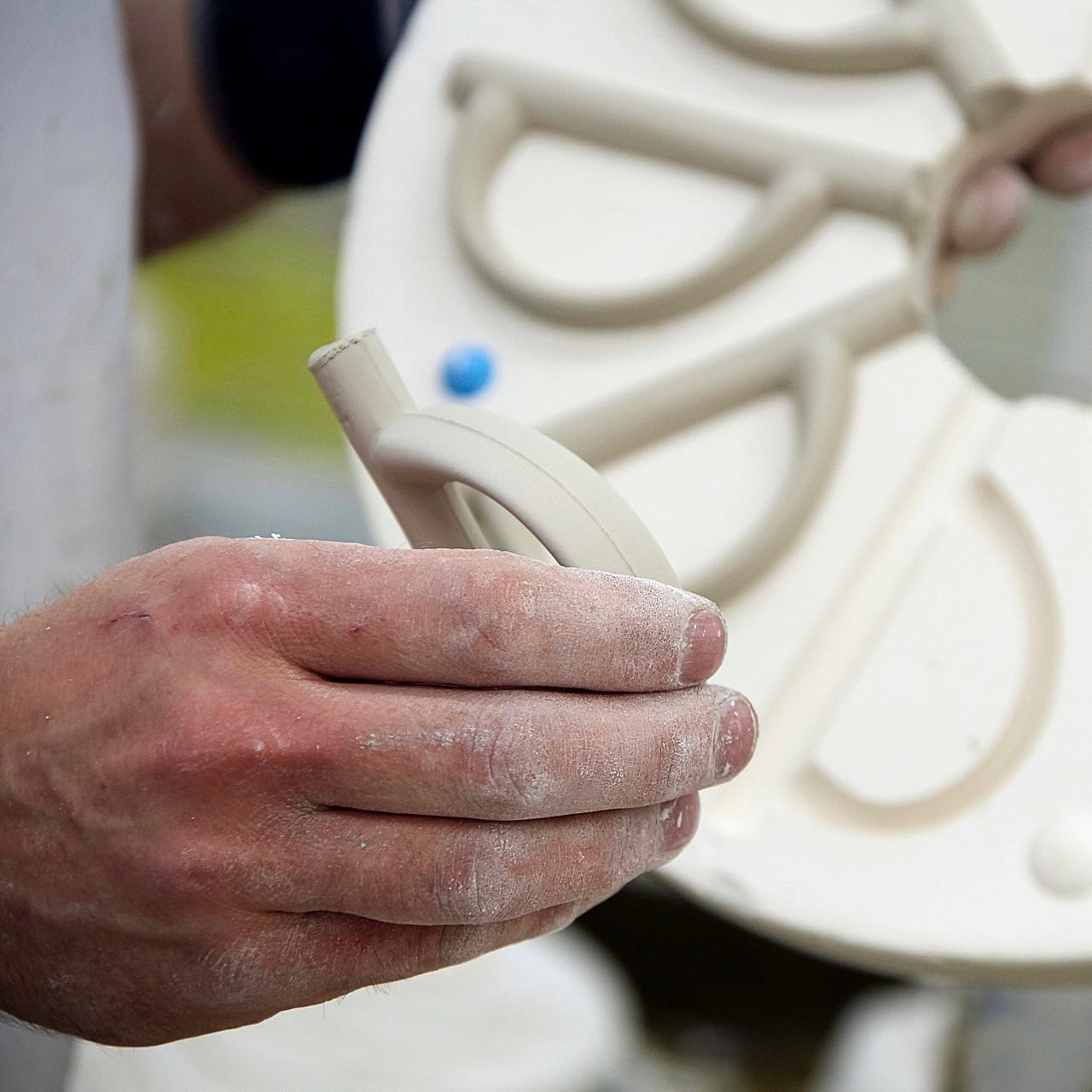
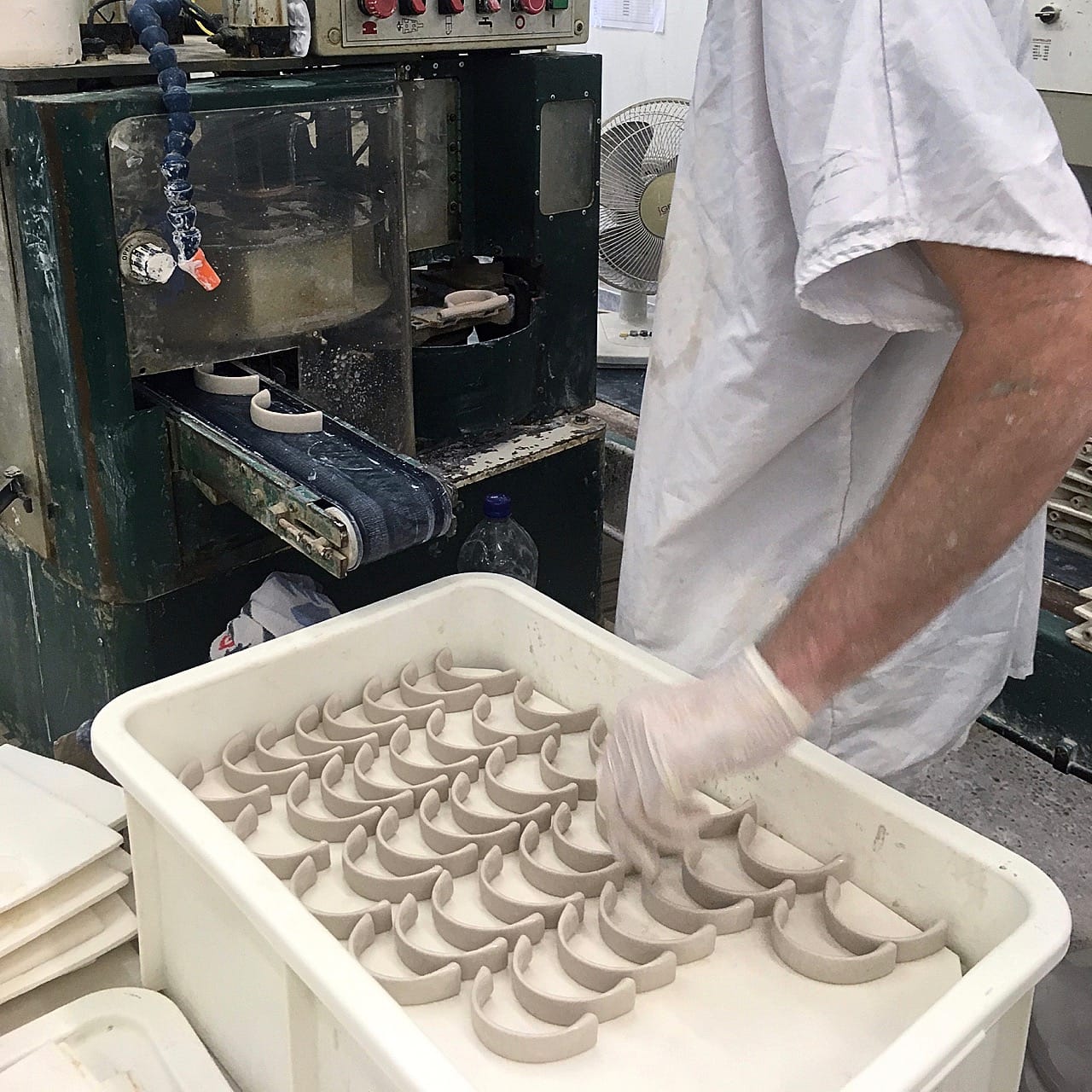
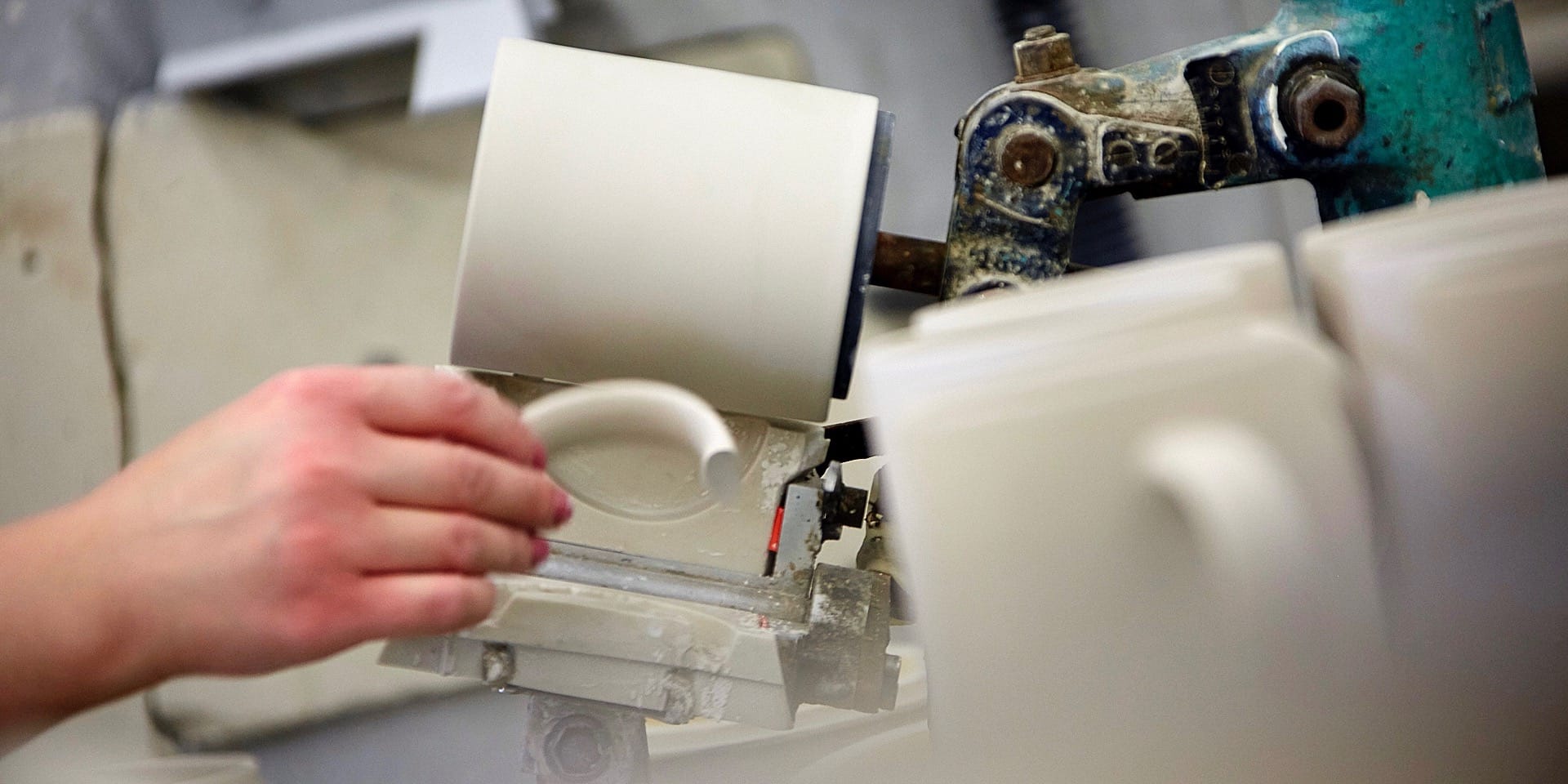
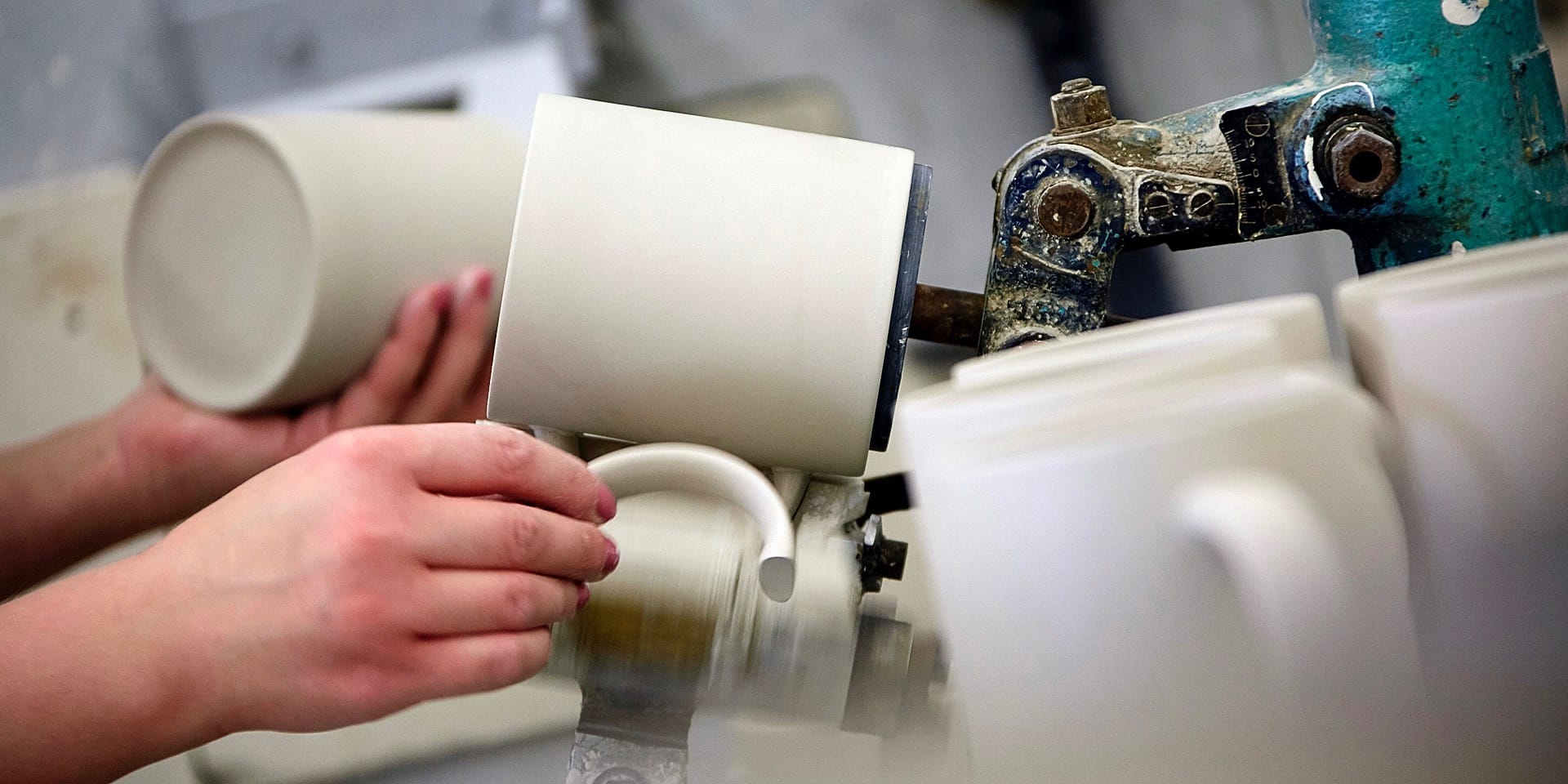
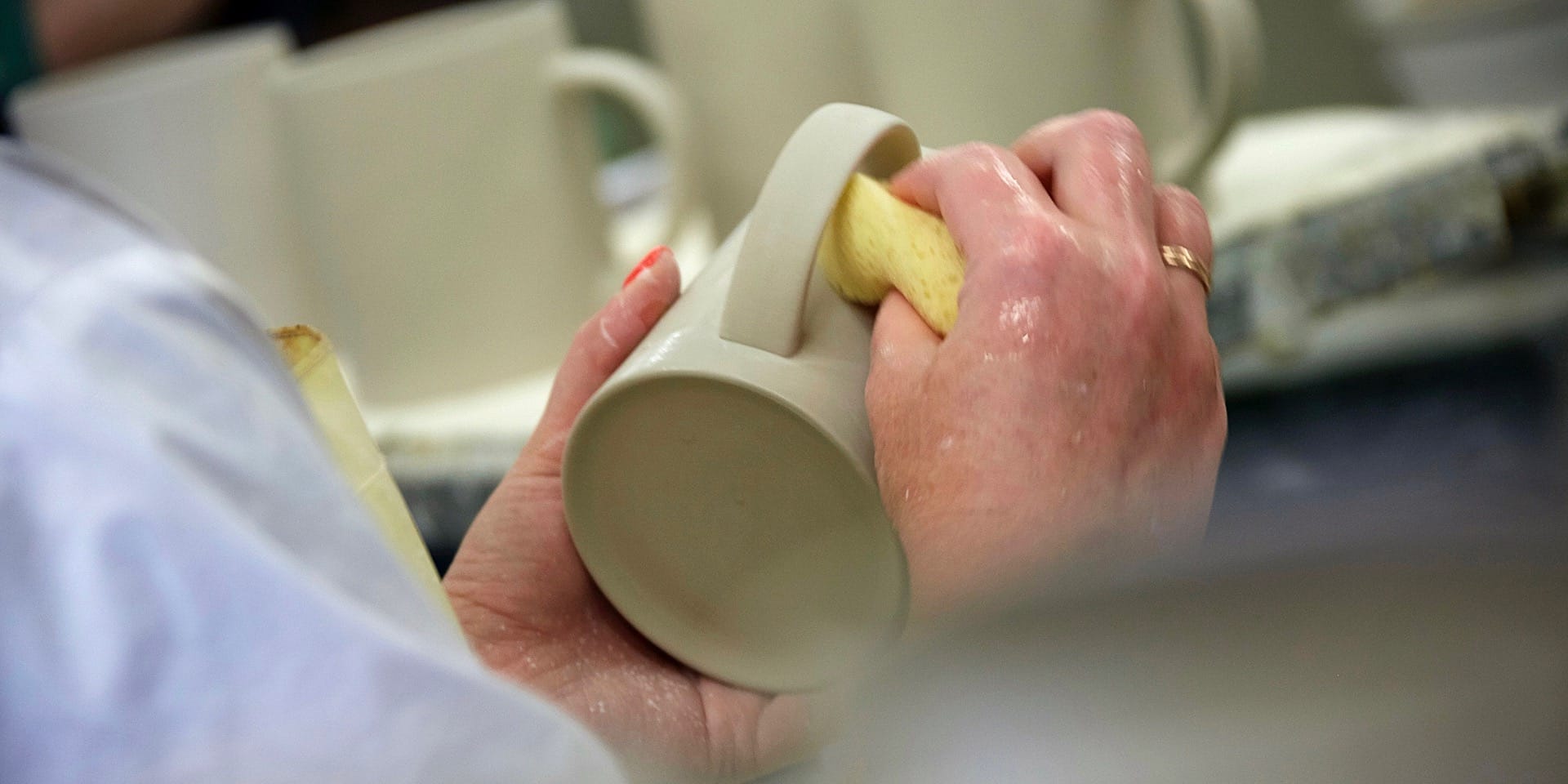
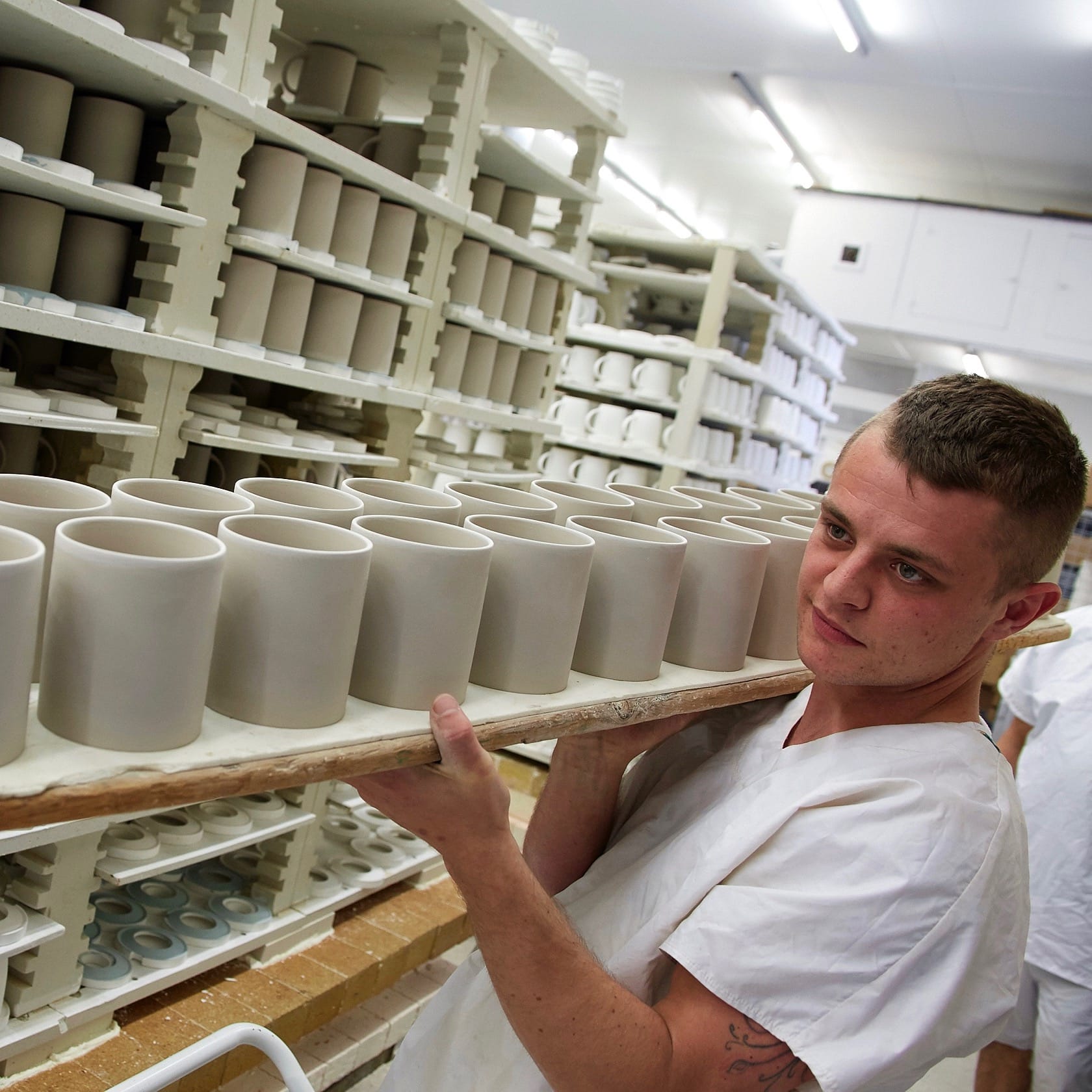
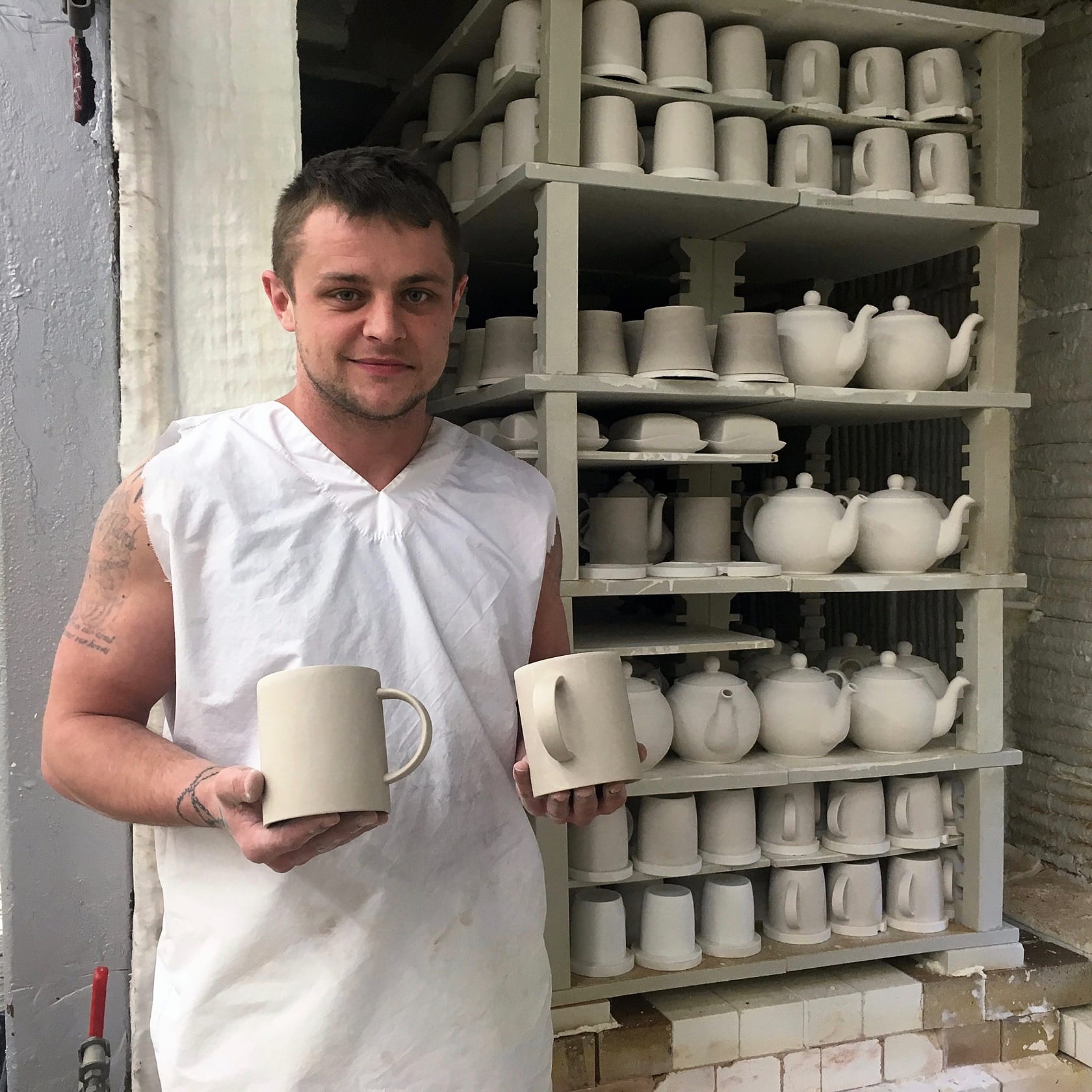

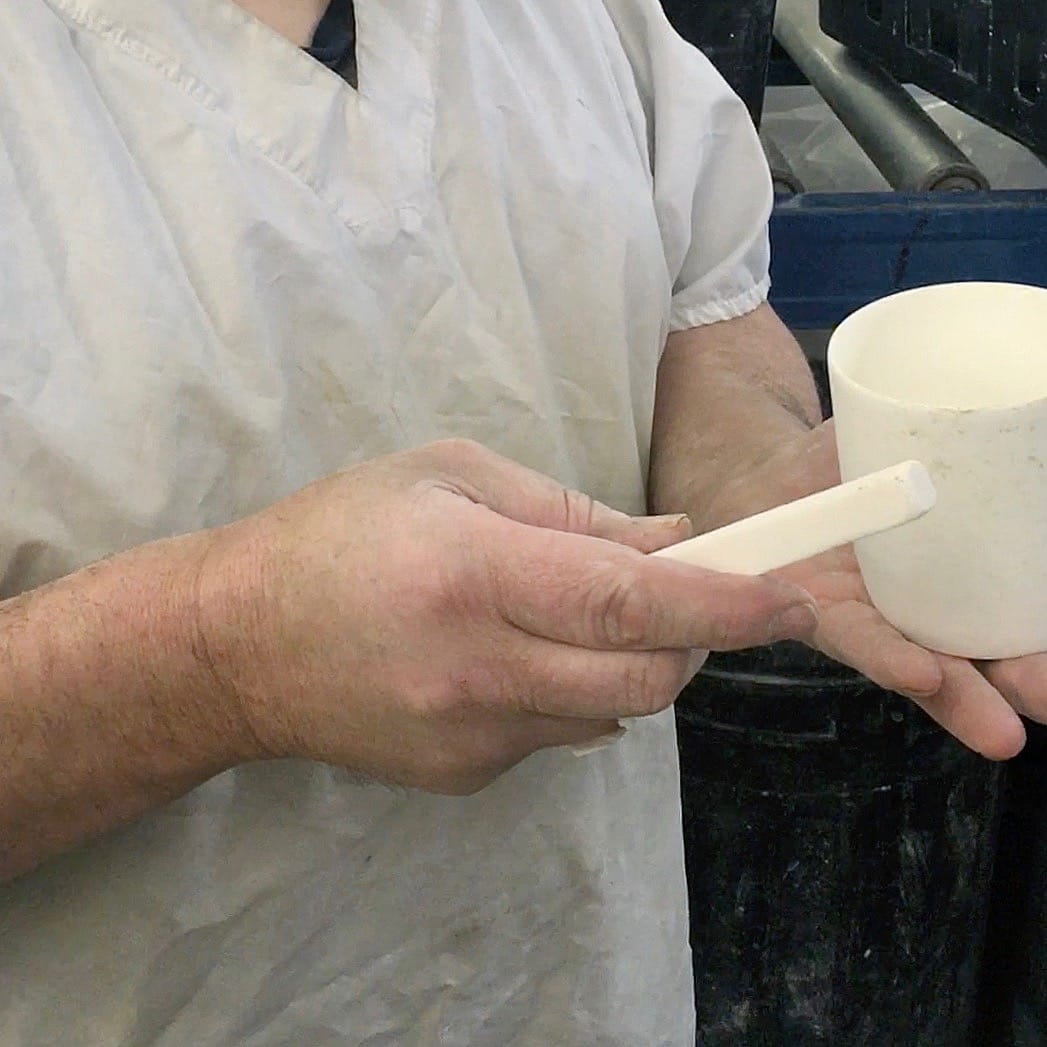
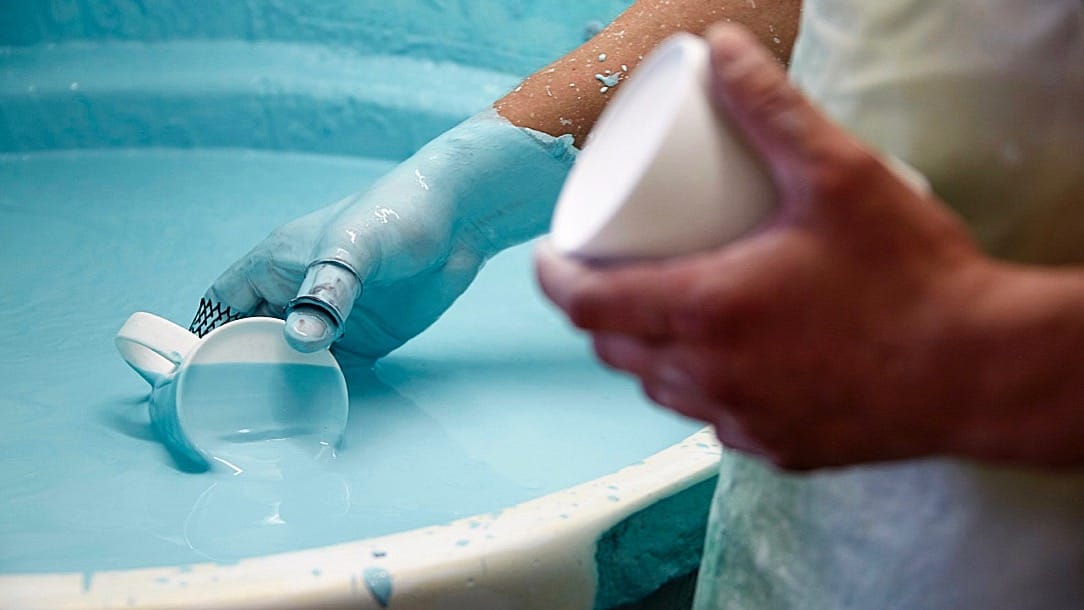
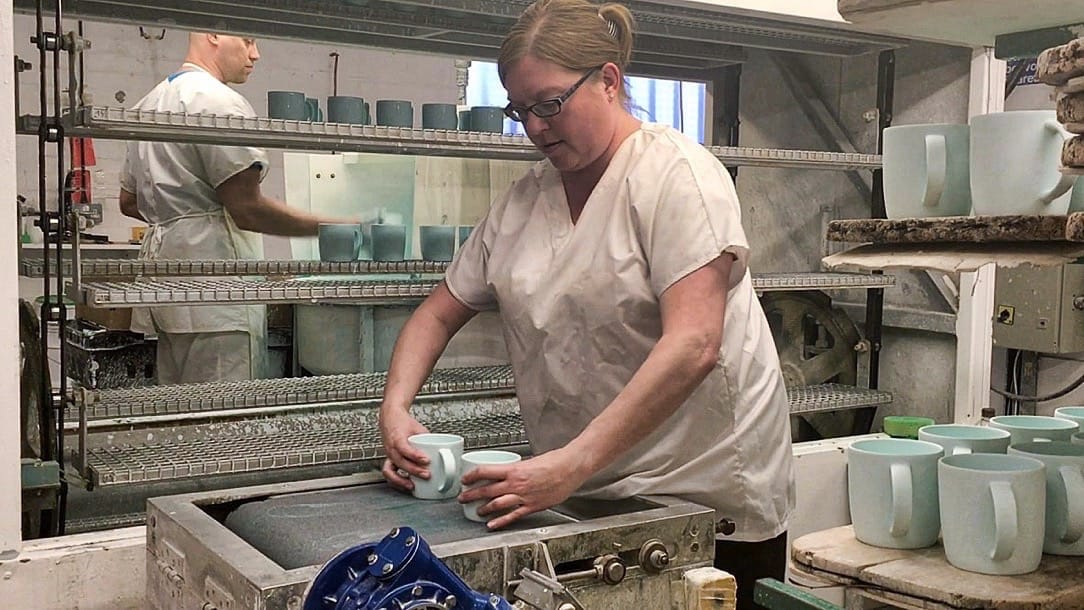
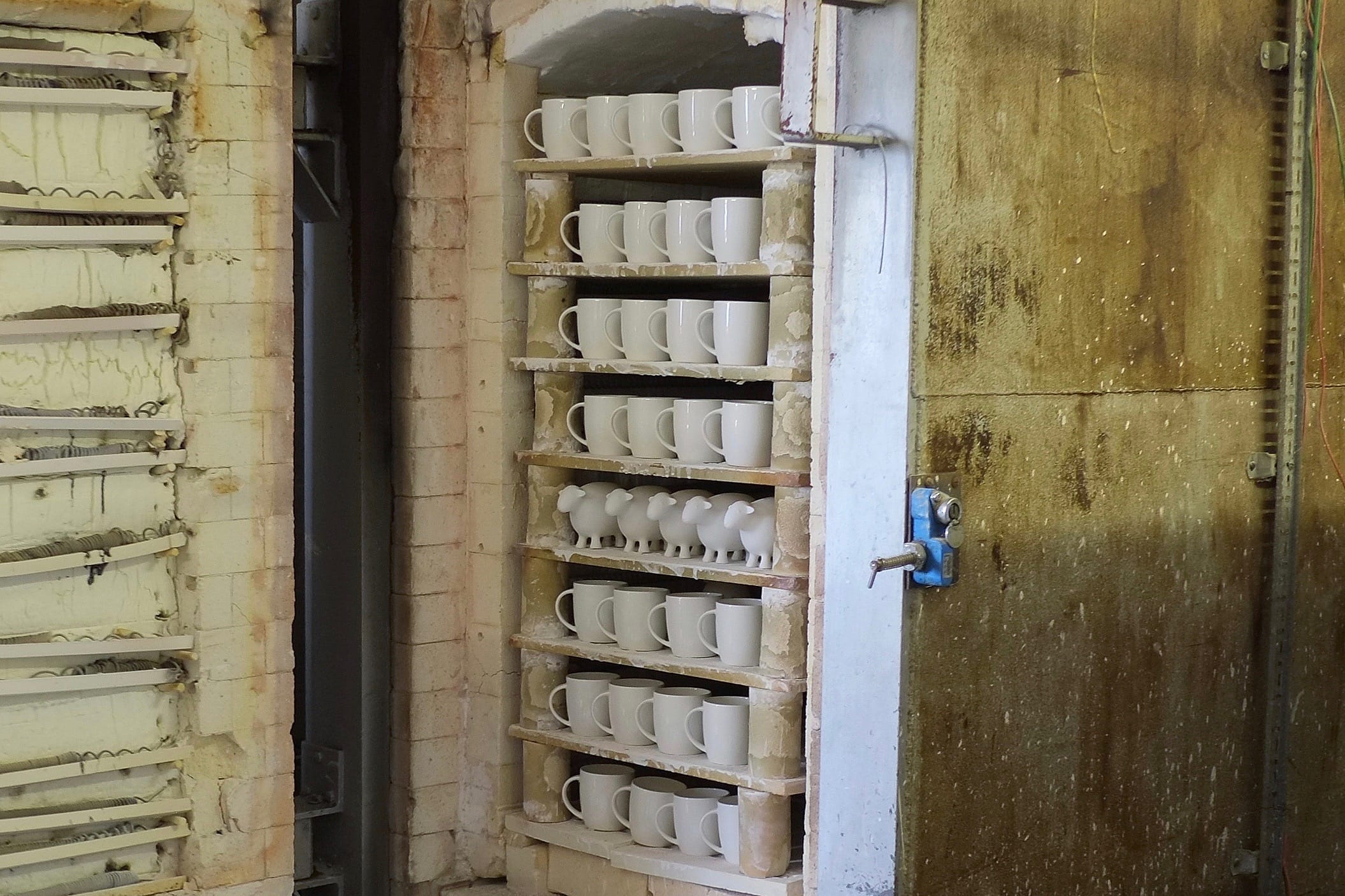
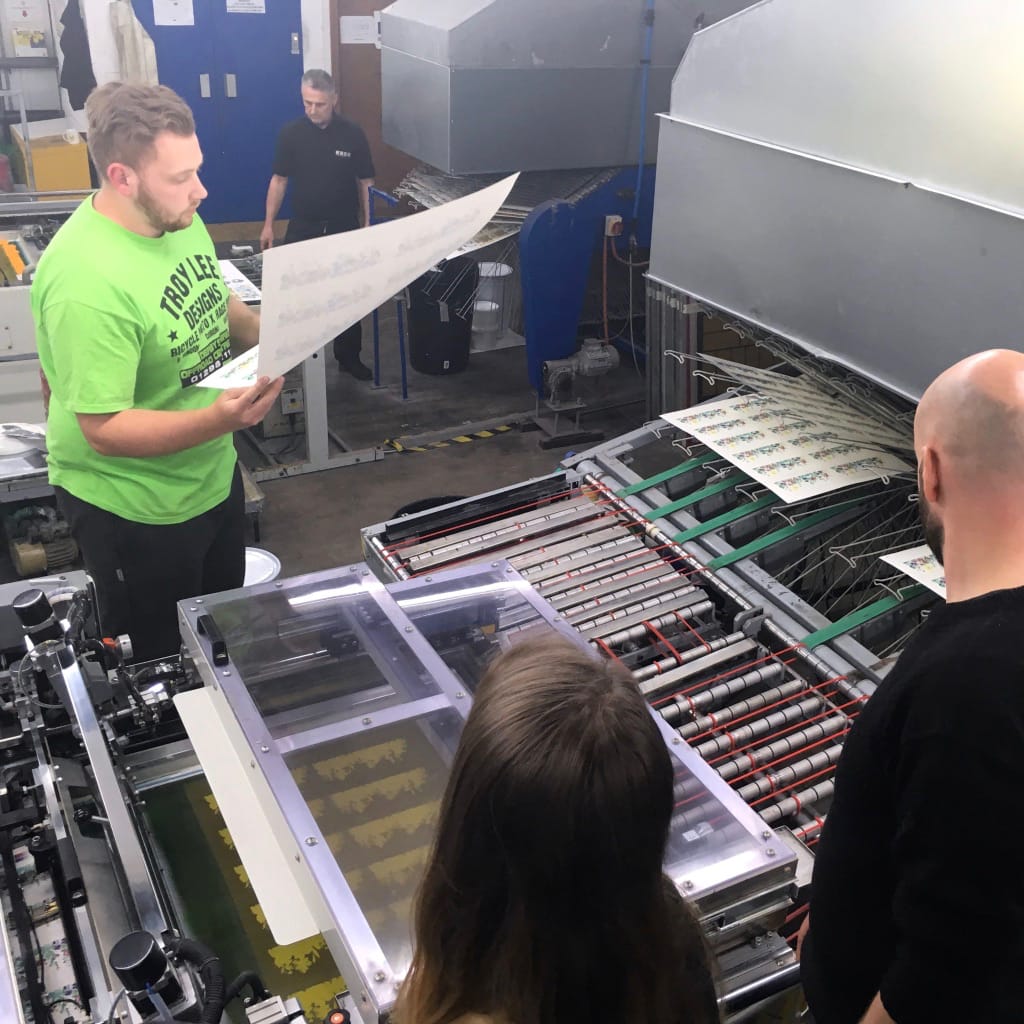
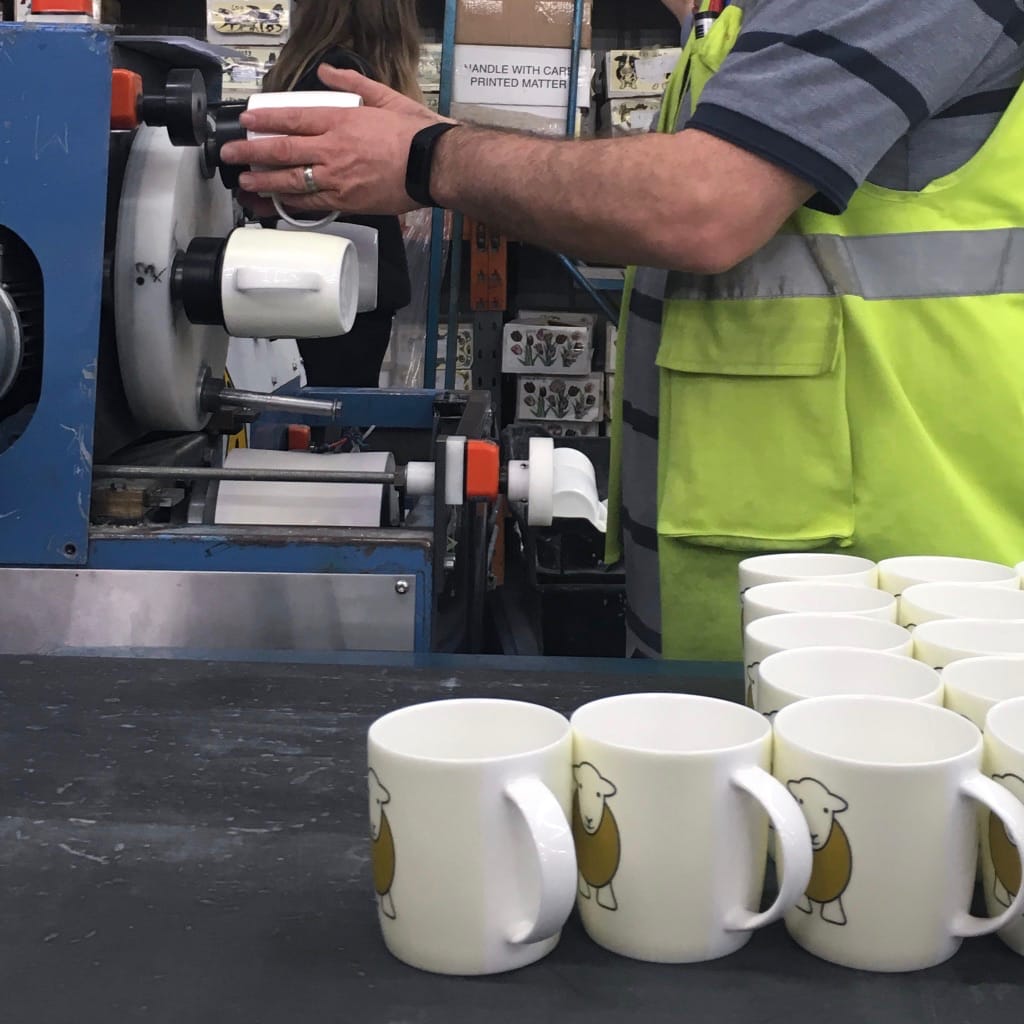
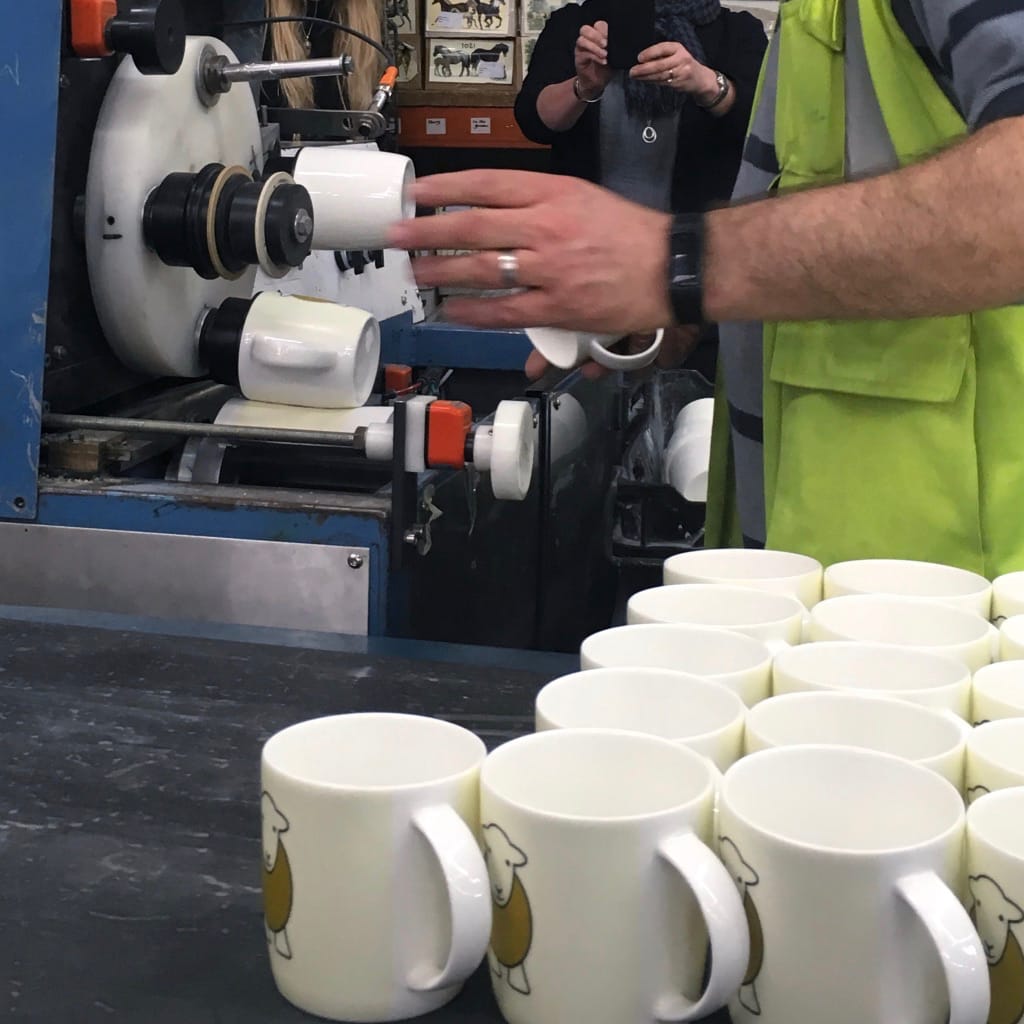
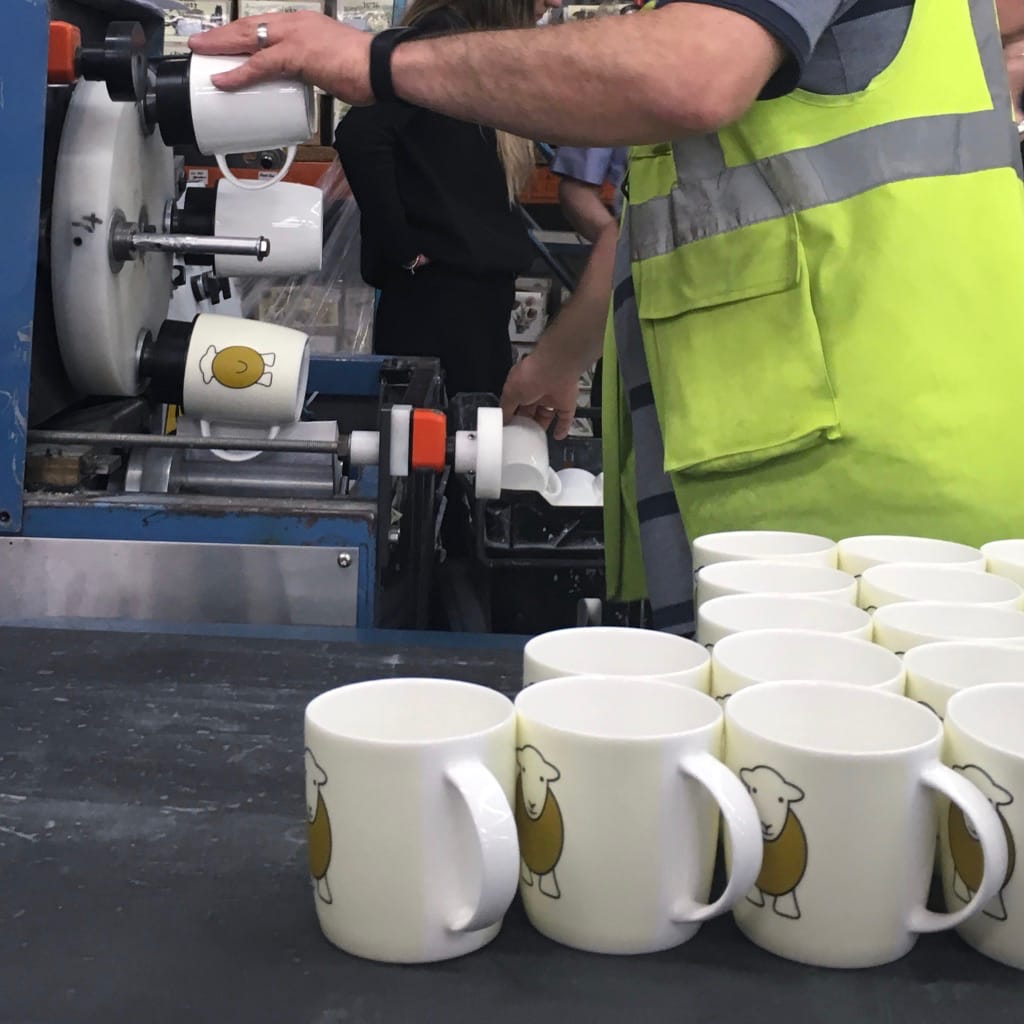
![J0045_Hello-Mugs-Home-Page-Slider-web-header-[2732x1248px]-still-life Collection of Herdy 'Hello' mugs](https://www.herdy.co.uk/wp/wp-content/uploads/2018/08/J0045_Hello-Mugs-Home-Page-Slider-web-header-2732x1248px-still-life-scaled.jpg)
